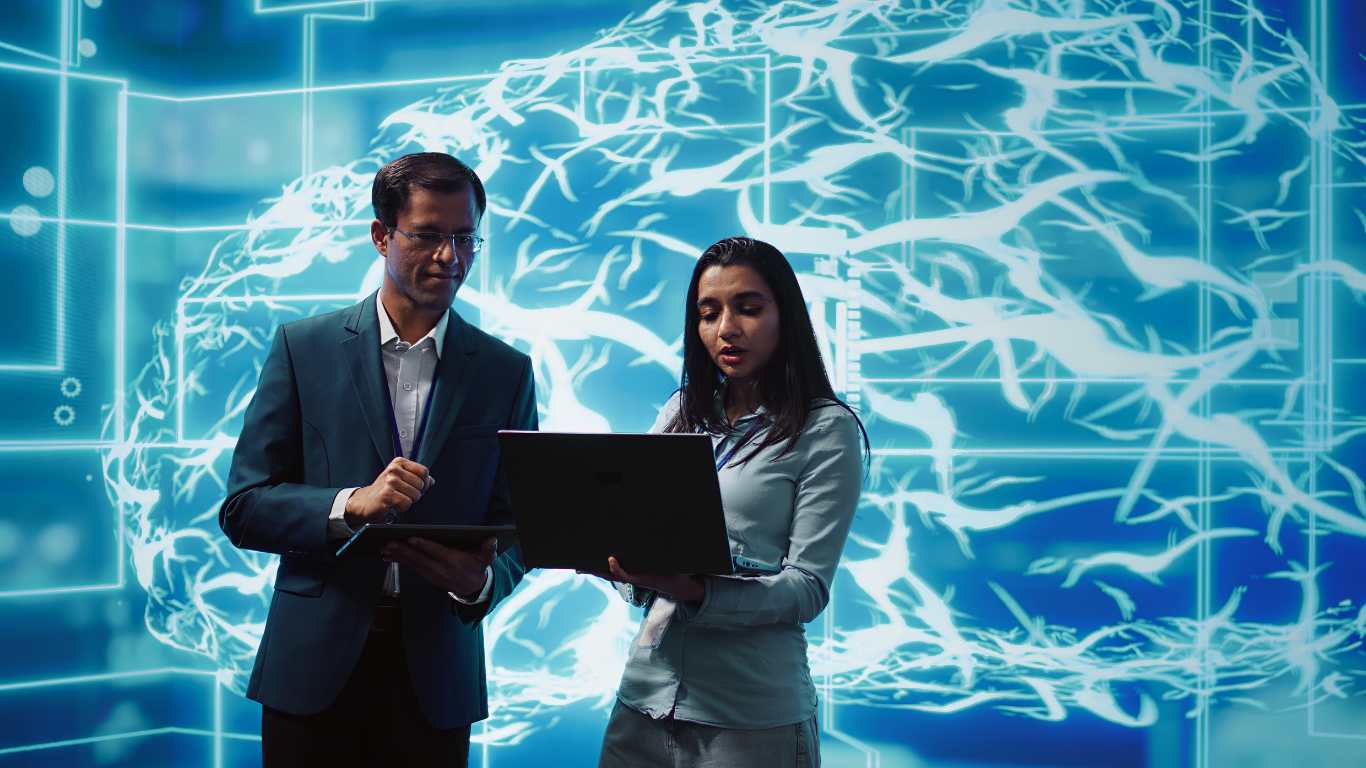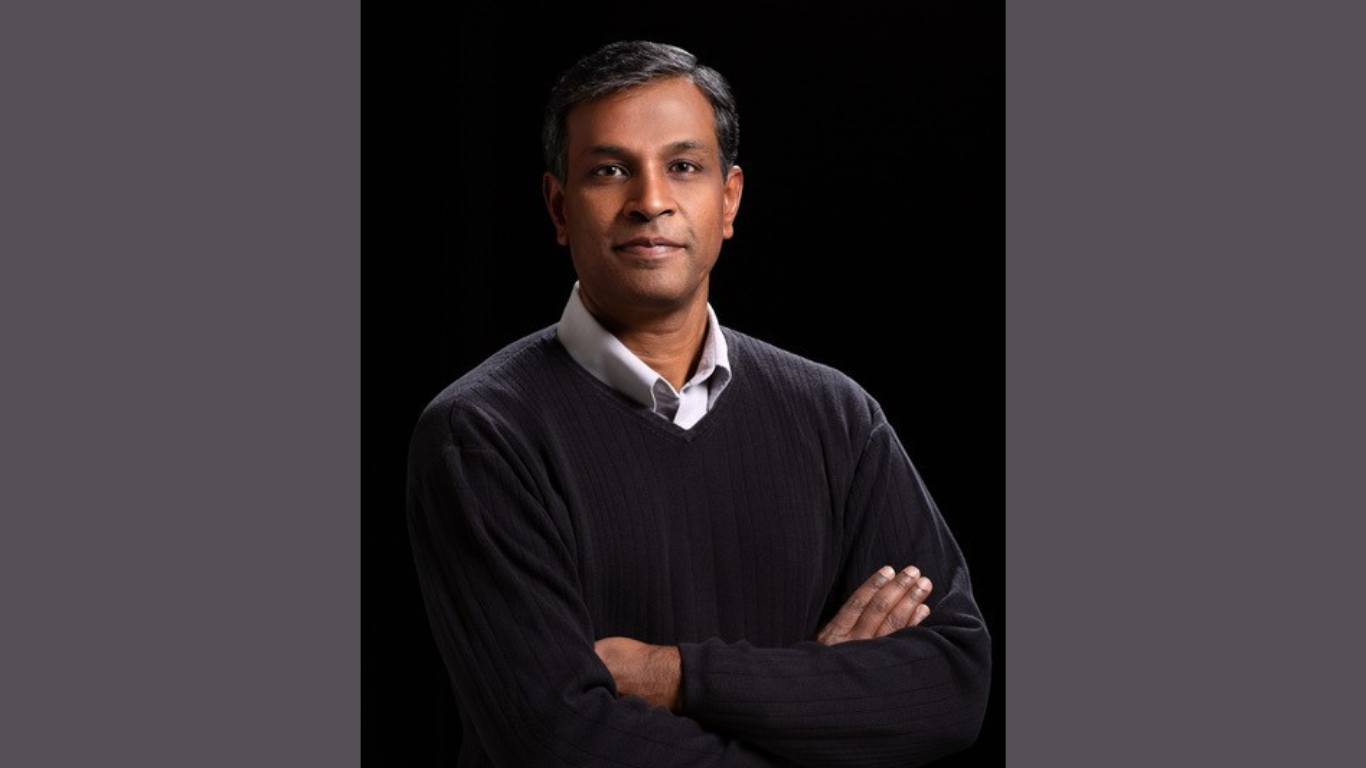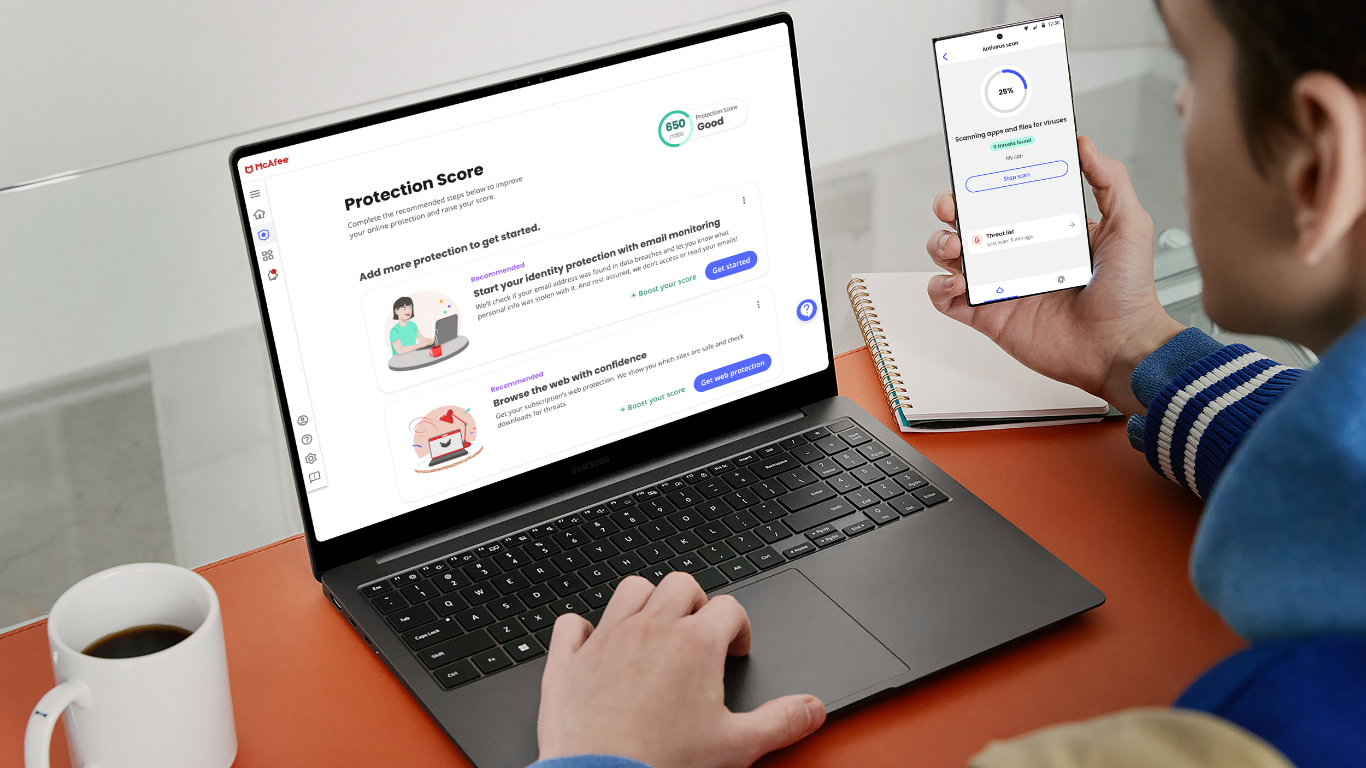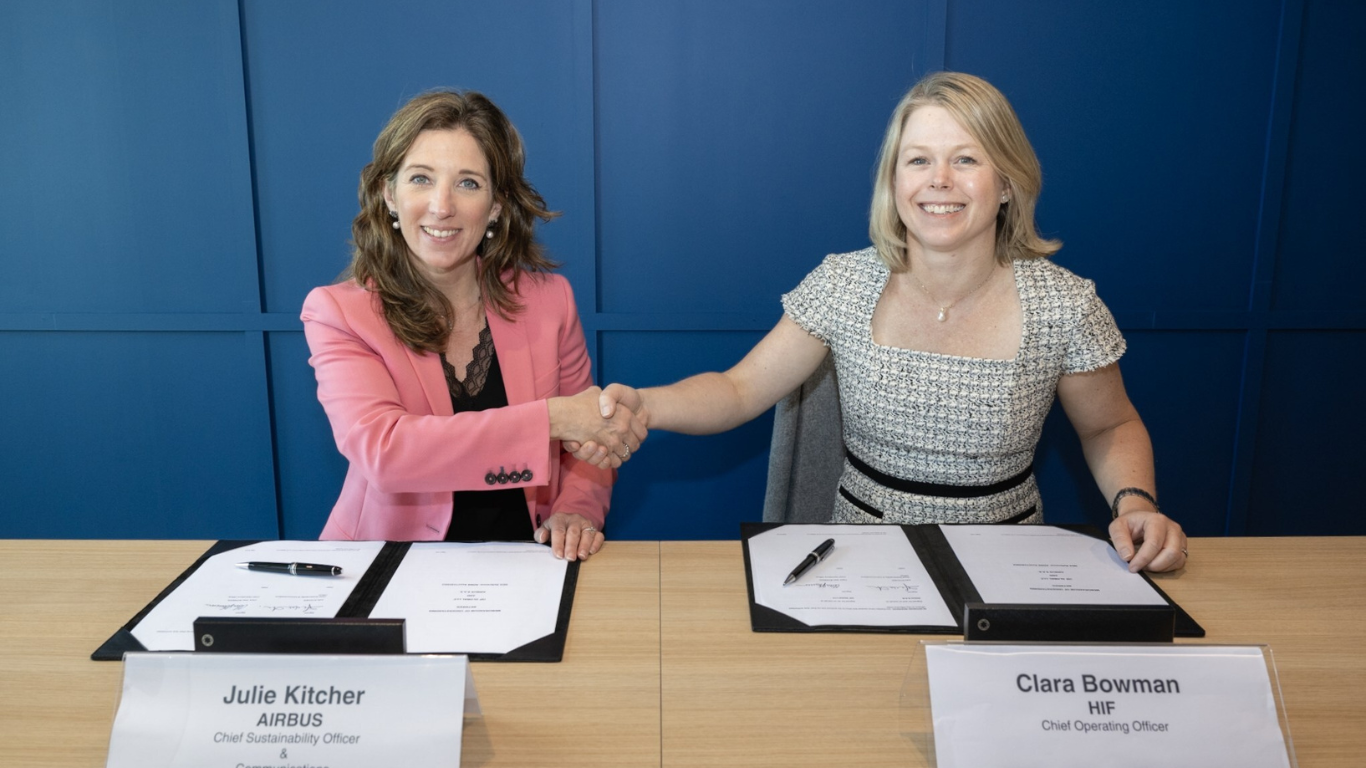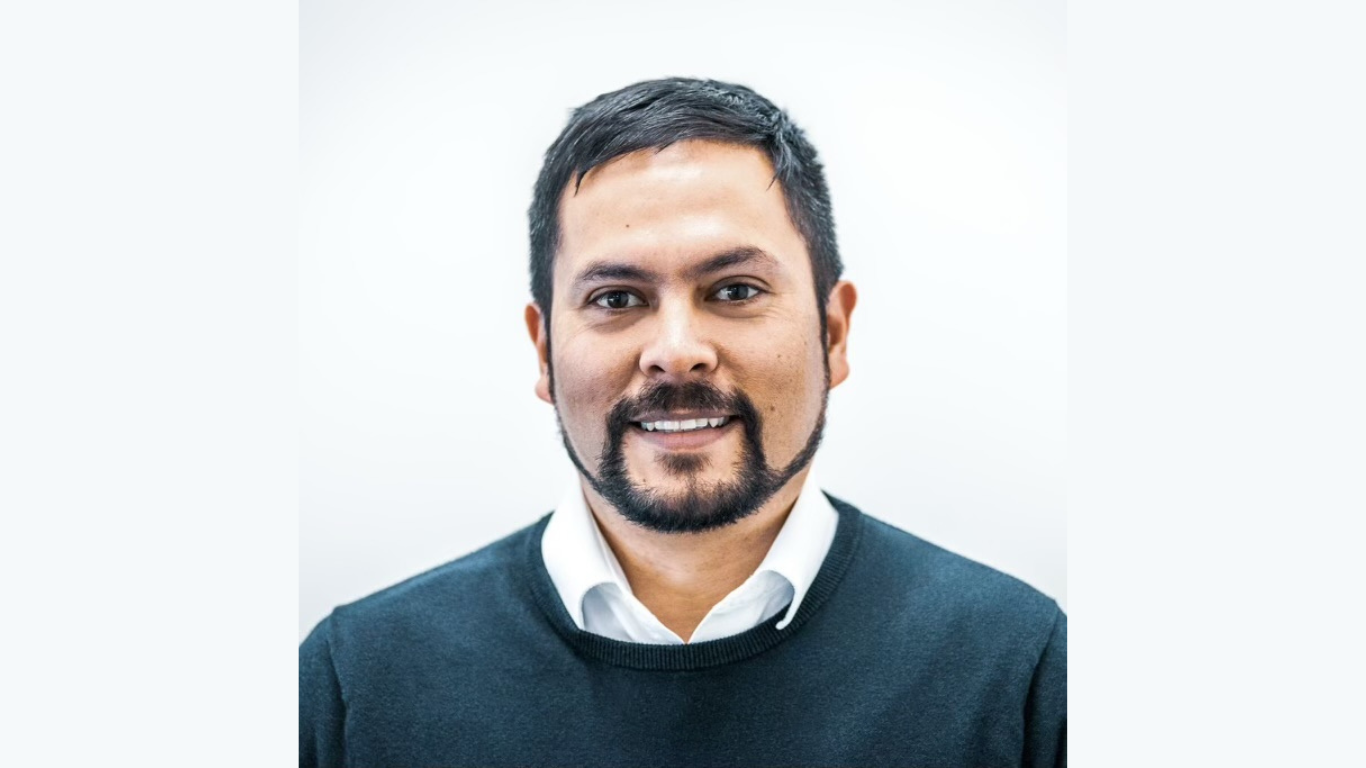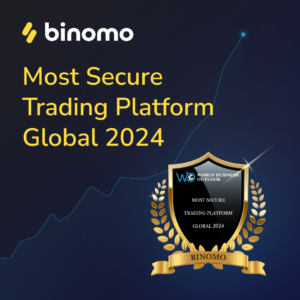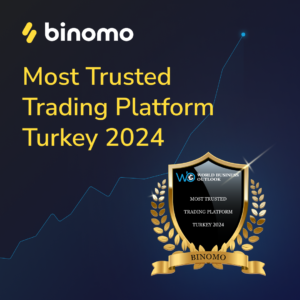The distance education platforms have picked up quite a pace in 2020, largely due to the pandemic. It led to the rise of many Edtech companies during the period. As per a report, the global edtech industry was valued at USD 89.49 billion in 2020. The same report predicts that the industry could grow at a rate of 19.9% from 2021 to 2028. The induction of Augmented Reality and Virtual Reality technologies have made the prospects of online education even more enticing. With the advent of new players in the market came the introduction of new innovative learning solutions. One such learning platform is the microlearning platform.
Unlike the conventional style of teaching, microlearning platforms deliver the content in small but precise nuggets. As per the industry definition, it is the kind of content that is focussed on only the key essential topics in the curriculum designed in a way that allows fast absorption and long retention of the subject matter. This is one of the reasons why 94 percent of educators and trainers or development professionals prefer the microlearning platform. Even the students and the participants are allured towards the prospect of any time, anywhere, interactive sessions of the topic of their choices.
With Singapore emerging as the top contender for the best higher education facilitator in Asia, it is obvious that we see a lot of high-end, innovative and to some extend, market disruptive, edtech companies here. One such innovative education technology company is Gnowbe. World Business Outlook spoke to So-young Kang, CEO of Gnowbe to learn more about the opportunities and strategies of some of the latest edtech companies today.

Speaking about the factors driving the growth of the edtech companies in the APAC region, So-young said, “One of the factors that are driving the growth of the edtech companies in the APAC region is the fact that there are over 2 billion deskless workers. These are your retail workers, the employees from hospitality, the technicians, the field workers, the factory workers and many more. In the past, we tried to bring everyone together physically, but with COVID-19, it has become very challenging. In India, for example, how do you communicate with people in different ends of a region. They might not have good internet access. This is also the reason why we have so many clients from Africa where companies are choosing Gnowbe for its smartphone-friendly approach.”
Compressing topics, expanding interests
Microlearning, as a concept takes long-form contents and breaks them into micro bits. It does not mean that it becomes more effective for some. It just breaks a long video and breaks it up into bite-size videos. What is more important in microlearning is personalization, participation, and a group-based approach to the content which makes it more effective. However, it is being argued that these platforms cannot be used for complex topics.
Deciphering this very misconception So-young explains, “ If you have to learn a very complex topic, the best way to learn it is by breaking it into small digestible pieces. This helps us to understand it and apply it better. So, the more complex the topic, the more you want to break it down and then assess the understandings constantly. This way the retention power improves and the concept becomes clearer and the efficacy of the content goes up.”
She further adds, “Another common misconception is that microlearning is a passive form and that it is all about videos. We believe that microlearning should be made up of micro-actions. So we have videos that demand reflection, action and application, and social interaction and we believe social learning is a very important part of the experience.”

Earlier, people could not understand what microlearning platforms could offer but now almost 80 percent of the companies around the world are adopting some form of microlearning. Social interactive-based learning is a big aspect of Gnowbe and So-young has observed that all the age groups engage with each other with equal ease. It is more about the learner persona than it is about the age group. One of the programs at Gnowbe is giving the users the ability to take actions and apply and practice through these micro-actions. A user can talk to another user, follow that user and find out what they like, take a photo and a video of one’s achievements and learnings and upload it and so on. The app also guides the users to sketch some ideas and upload pictures of those ideas. They can take feedback from other users and share it with others in the community. Users can learn from other community members and share their experiences.
In a corporate setup, especially during the induction programs, Gnowbe has developed an application that promotes the social inclusion of the new recruits. The app nudges the employees and their colleagues with certain instructions. For instance, ‘Today, go have lunch with your colleague.’, ‘Tomorrow, go upload this form.’ ‘Check out this tool that we are using and learn how to use it.’ or ‘Go talk to your manager’ or ‘Take a selfie with your new colleague at lunch’ and so on. As part of the gamification strategy, the app shows leaderboards, where the users could see how many actions each new recruit has completed.
Investing in the right future
SkillsFuture Singapore (SSG) is a national movement to provide Singaporeans with the opportunities to develop their fullest potential throughout life, regardless of their starting points. It provides funding for the citizens of Singapore to invest in constant lifelong learning activities and Gnowbe is privileged to be one of the approved platforms. When governments take an active role in putting their investments with the skill and partnering in an automated and scalable manner, then it leads to a tremendous opportunity in the space.

For the learners enrolled or planning to enroll for skill upgrading, So-young advises, “Whether you are a young person or a not-so-young person, you should be always investing in yourself. If you are an engineer, you should also invest in soft skills and be agile enough for the latest trends. You should be aware of Industry 4.0. You should develop your skills and knowledge beyond your core expertise. Do not give the excuse of not having the time to pursue it. Everybody can manage at least 10 mins a day.”
The edtech entrepreneur has revealed that microlearning instructional designer is one of the most sought-after skills today. She explains, “Someone who is really interested in content creation, which is one of the top jobs that are growing rapidly, can take up an instructional designer role and learn to transform content into something really fun and interactive. These skills not just help in the digitizing of the content but also helps in being more user-centric.”
On a closing note, So-young explains, “Engage in these experiences on the microlearning platform. Don’t rush, take the time to really think about the concept. Think about how you could apply it to your daily jobs and become more productive and successful in whatever you are doing. Invite your friends and have a shared experience. Invest in yourself more because you are your biggest asset.”
Article by Ujal Nair



